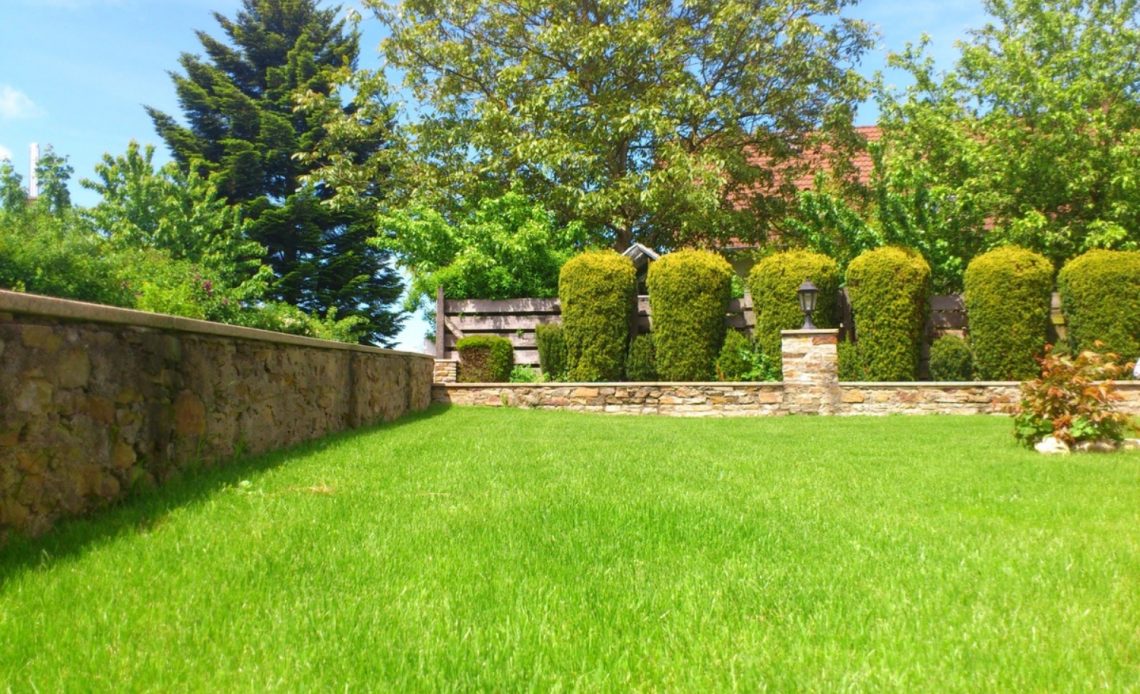

We’re here to help! Wild Yards is a completely free website that is 100% dedicated to helping you create a wildlife-friendly, sustainable yard. Read more
WildYards is reader-supported. When you buy a product through a link on our site, we may earn a comission. Every product is independently selected by our (obsessive) editors and our reviews are unbiased and objective. Read more about our mission or our privacy policy.
If your plants have been looking yellow and sickly lately, that’s a sign they could use high-nitrogen fertilizer. The plants in your garden have different nutritional demands depending on where they are in their growth cycle.
While phosphorus and potassium are an integral part of bloom and fruit production, as well as disease resistance, nitrogen works on a different level. Nitrogen is essential for plant development. In fact, nitrogen is the most important nutrient for all plants. But how exactly do high-nitrogen fertilizers work?
High-nitrogen fertilizers stimulate foliage production, so they’re typically recommended for lawns and non-flowering shrubs. Nitrogen helps plants make food for themselves so they can continue growing.
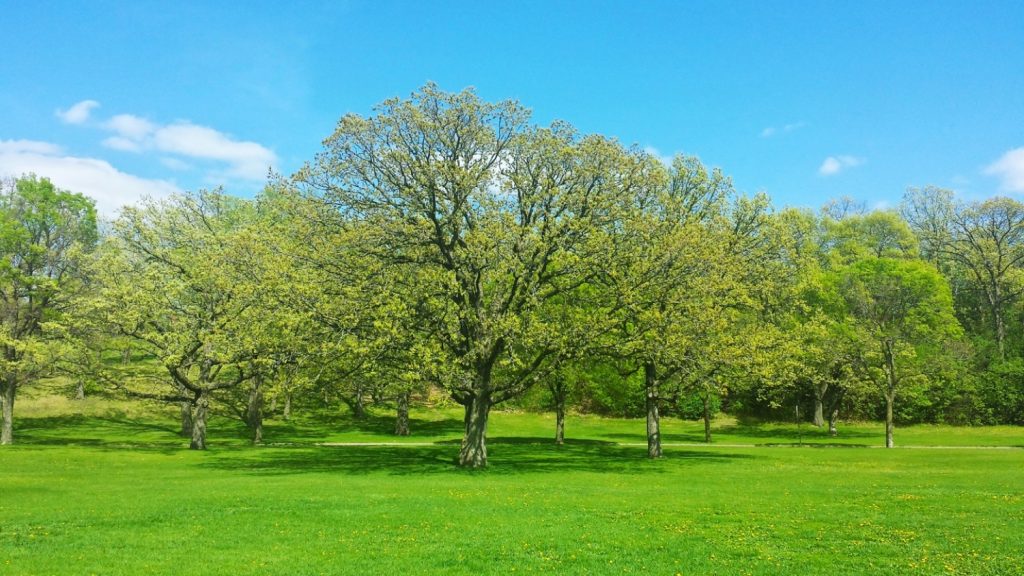
What does nitrogen do for plants?
Of all of the vitamins and minerals plants rely on to survive, nitrogen is the most important.
Nitrogen can be found in all parts of the plant. In the leaves, nitrogen aids in photosynthesis, and in the roots, nitrogen assists in the production of valuable enzymes that regulate water and nutrient uptake.
Nitrogen is one of the main ingredients of chlorophyll, the component that plants use to turn sunlight, carbon dioxide, water, and nutrients into energy.
While nitrogen enables plants to produce food for themselves, it also helps plants produce amino acids, which are precursors to the vital proteins plants rely on to build strong, sturdy tissues.
Without nitrogen, plants would be unable to produce nucleic acids, including DNA and RNA. This element plays a critical role in a variety of metabolic processes.
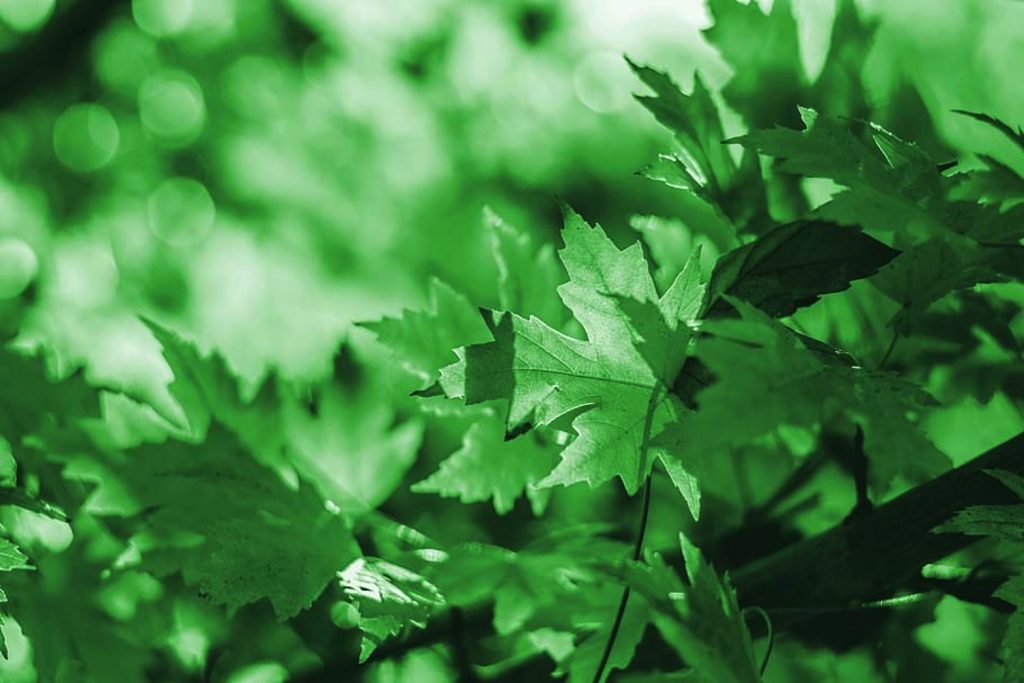
What are the symptoms of nitrogen deficiency in plants?
An insufficient supply of nitrogen invariably leads to poor performance.
If plants do not have the key component of chlorophyll, then they will be unable to produce food for themselves or replicate their genetic materials.
The result is yellowing foliage and stunted growth. In severe cases of nitrogen deficiency, plants may turn brown and die back.
Nitrogen deficiency is most easily detected in lawns. If your turf is starting to look pale and lifeless, and if it’s riddled with patchy dead spots, those are good signs it’s lacking nitrogen.
Of course, the signs of nitrogen deficiency are detectable in other plants as well.
Nitrogen deficiency affects the oldest leaves first. The leaves turn yellow and fall off. Yellowing begins at the tips of the leaves and works its way inward.
What are high-nitrogen fertilizers used for?
High-nitrogen fertilizers are often used to green up lackluster lawns. These types of fertilizers are also ideal for enriching nitrogen-deficient soils.
Of course, those aren’t the only two uses for high-nitrogen fertilizers. Many gardeners rely on nitrogen-rich fertilizers to boost crop yield.
Although we tend to think of phosphorus as the major player in a plant’s reproductive processes, nitrogen is a critical component as well.
Applying high-nitrogen fertilizers to vegetable patches and raised garden beds can help your plants produce more fruits, and fruits that are of higher quality, later on down the line.
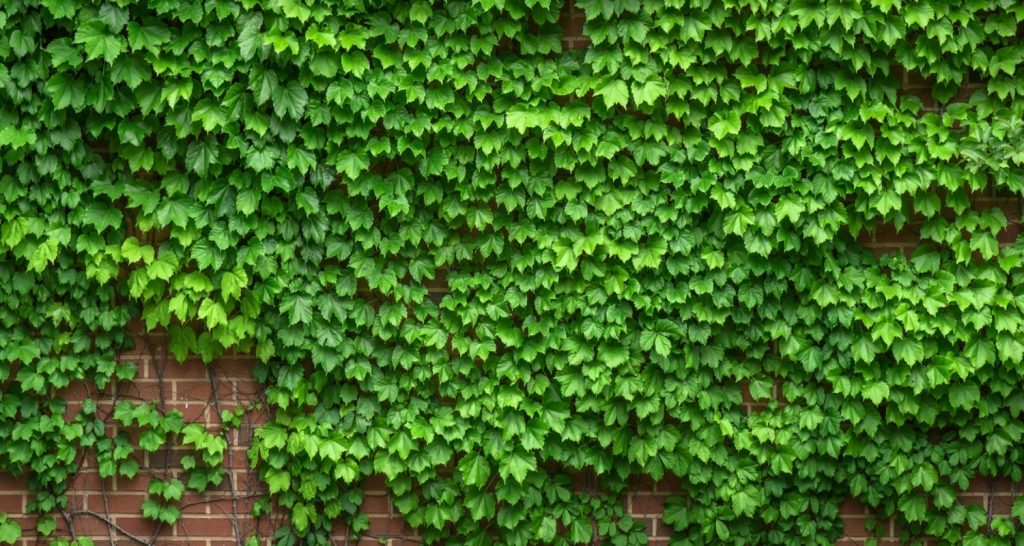
When should you use a high-nitrogen fertilizer?
If you’ve tested your soil and found that it is severely nitrogen deficient, then the sooner you give your plants the nutrients they’re missing, the better off they’ll be.
But if you intend to use a high-nitrogen fertilizer to support healthy plant growth, rather than to correct a nutritional imbalance, it’s best to apply these fertilizers in the spring and early summer months.
You can also add nitrogen-rich fertilizers to potting soil and raised beds before planting. Not only is it easier to fertilize the soil before there are any plants in it, but enriching the soil prior to planting enables newly transplanted plants to get established more quickly.
Depending on how much the plants in your garden like nitrogen, you may need to continue applying high-nitrogen fertilizers throughout the growing season.
It’s important to avoid fertilizing plants at or after the end of summer.
As plants approach their winter dormancy period, they don’t require as much nutrition. Applying high-nitrogen fertilizers at this time could result in root and foliage burn.
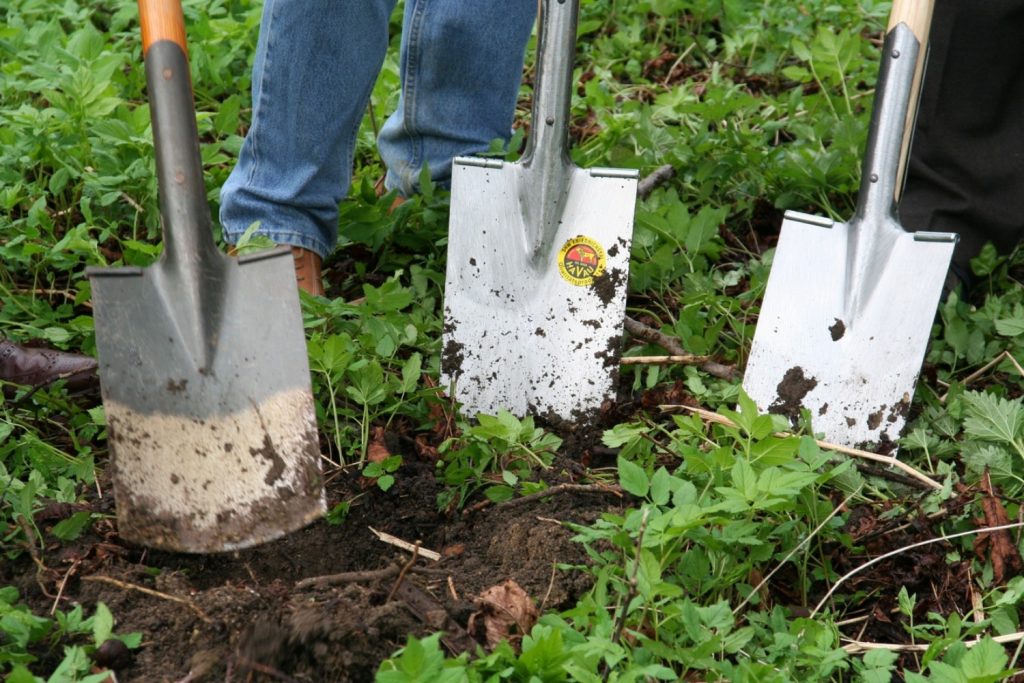
Which plants like nitrogen?
Some plants like more nitrogen than others! Knowing which of your plants enjoy nitrogen allows you to fertilize them effectively.
Here are a few garden favorites that thrive on high-nitrogen fertilizers.
Fruits and vegetables that love nitrogen
- Arugula
- Beans
- Blueberries
- Bok choy
- Broccoli
- Brussels sprouts
- Cabbage
- Cantaloupes
- Collard greens
- Corn
- Cucumbers
- Kale
- Lemons
- Lettuce
- Mustard greens
- Peas
- Raspberries
- Spinach
- Strawberries
- Swiss chard
- Tomatoes
- Zucchini
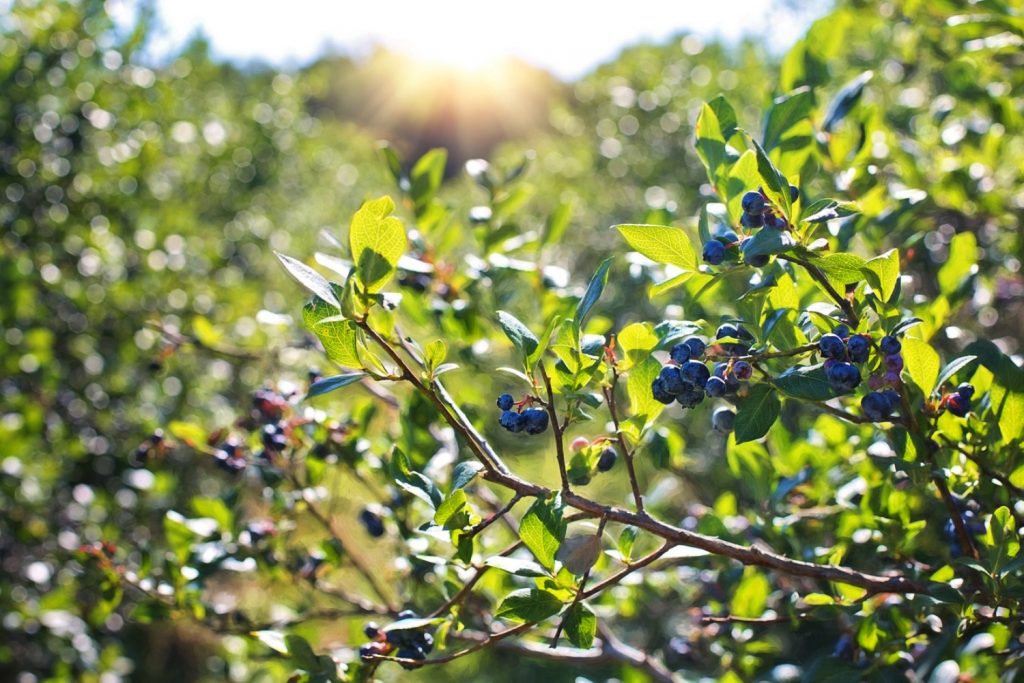
Flowers and shrubs that love nitrogen
- Alliums
- Azaleas
- Begonias
- Bougainvillea
- Camellias
- Delphiniums
- Dianthus
- Foxgloves
- Fuchsias
- Gladiolus
- Hibiscus
- Impatiens
- Irises
- Lavender
- Lilies
- Marigolds
- Peonies
- Petunias
- Roses
- Salvia
- Sunflowers
- Zinnias
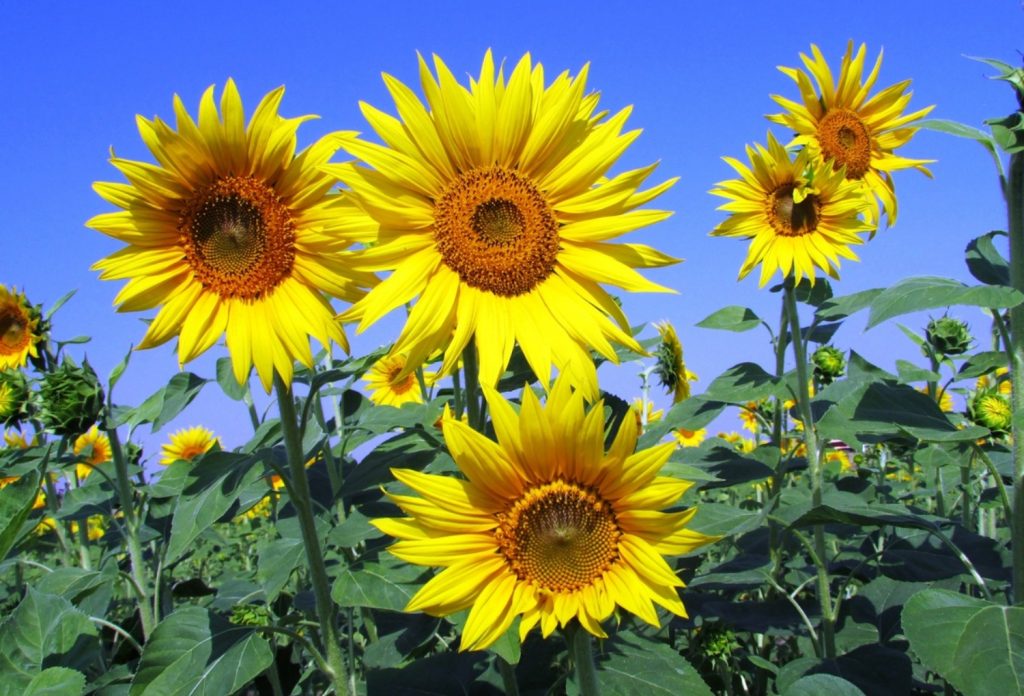
Trees that love nitrogen
- Arborvitae
- Birch trees
- Cedar trees
- Cypress trees
- Dogwood trees
- Elms
- Juniper trees
- Magnolia trees
- Red maples
- Silver maples
- Oaks
- Palm trees
- Pine trees
- Poplar trees
- Redwood trees
- Spruce trees
- Sycamore trees
- Willow trees
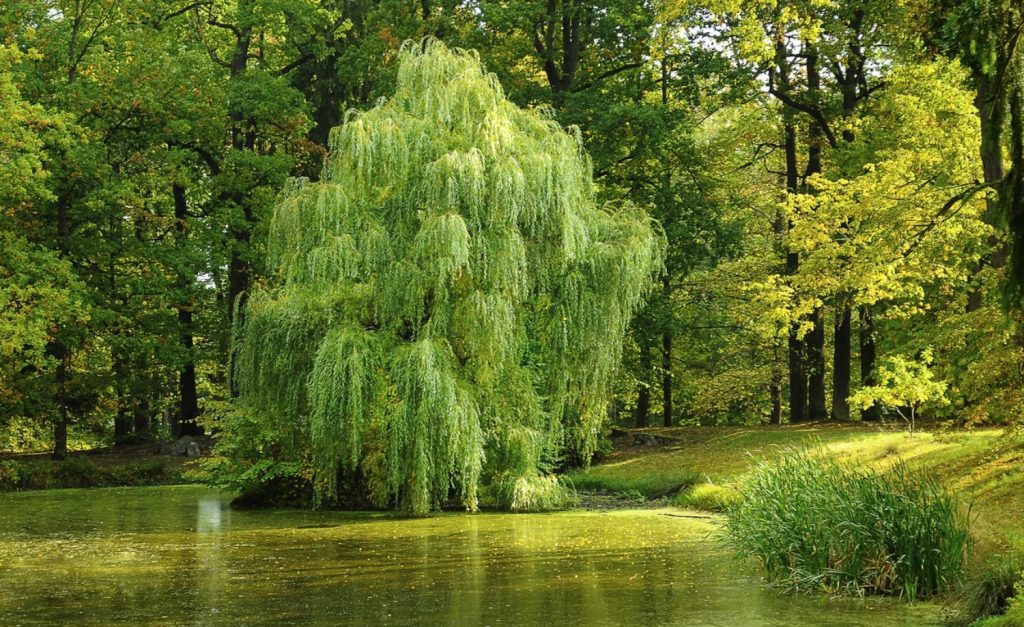
What is nitrogen made of?
Nitrogen is a non-metal chemical element with the symbol N and the atomic number 7.
Vital to all life forms — plants, animals, and people alike — nitrogen is the most abundant gas in the Earth’s atmosphere, making up 78% of it by volume.
Synthetic fertilizers rely on chemically manufactured forms of nitrogen, including ammonium nitrate, ammonium sulfate, and urea.
Organic fertilizers, on the other hand, pull nitrogen from a variety of natural sources, many of which are animal byproducts.
While synthetic sources of nitrogen can be helpful, especially for enriching nitrogen-deficient soils, overapplication of these types of fertilizers can be detrimental to the environment.
In many cases, organic high-nitrogen fertilizers are much better than synthetic nitrates.
That’s because organic materials are generally easier for plants to absorb. Organic materials also tend to break down more slowly, so they can keep your plants fed longer.
How to read a fertilizer label
Before we go any further, let’s find out how to identify a high-nitrogen fertilizer.
Plants rely on a wide variety of nutrients to survive, but there are three that they need more than all of the others: nitrogen (N), phosphorus (P), and potassium (K).
Because these three nutrients are so important for plants, most fertilizers, especially synthetic ones, are broken down into an NPK ratio.
When you take a look at a fertilizer label, you’ll find three numbers. These three numbers represent the percentage of nitrogen, phosphorus, and potassium the fertilizer contains, respectively.
While some fertilizers, like 16-16-16, contain an equal balance of all three ingredients, others, like 30-0-10, have different amounts of each element.
If the first number of the NPK ratio on the label is higher than the other two (46-0-0 or 12-6-6, for instance), then you’re looking at a high-nitrogen fertilizer.
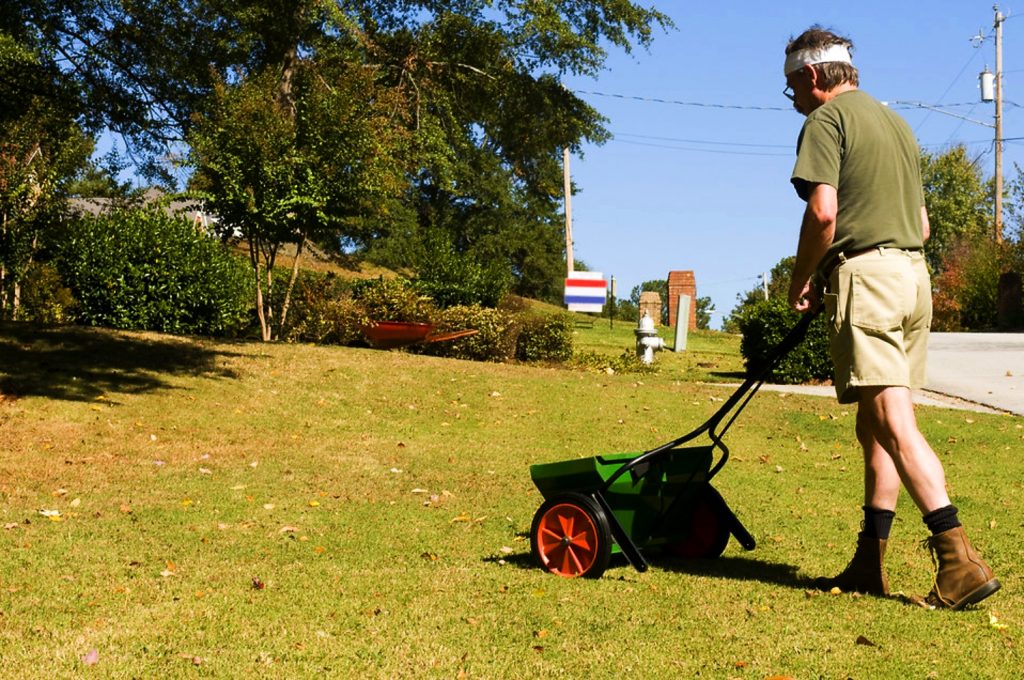
11 High-nitrogen organic fertilizers for your garden
| Fertilizer type | Nitrogen content | Phosphorus content | Potassium content |
| Hoof and horn meal | 12-14% | 1.5-2% | o% |
| Feather meal | 7-12% | 0% | 0% |
| Blood meal | 12% | 0% | 0% |
| Bat guano | 8-10% | 3-5% | 1-3% |
| Cottonseed meal | 5-7% | 2% | 1-2% |
| Soybean meal | 7% | 2% | 0-1% |
| Fish emulsion | 2-5% | 2-4% | 2% |
| Neem seed oil | 2-5% | 0-1% | 1-2% |
| Crab meal | 4% | 3% | 0% |
| Manure | 0.5-6.5% | 0.2-6% | 0-3% |
| Compost | 1.3-3% | 0.5-1% | 1-2% |
Hoof and horn meal
Rich in nitrogen and sustainable to boot, hoof and horn meal are made from hooves and horns leftover from slaughterhouses.
First, the hooves and horns are dried at high temperatures to kill off any pathogens. Then, the materials are ground into a powder that can be mixed into the soil before planting or sprinkled around potted plants and container gardens.
Hoof and horn meal contains 12-14% nitrogen. This environmentally-friendly fertilizer includes trace minerals like calcium, phosphorus, and sulfur.
All of these organic materials feed the beneficial bacteria in the soil, which improves your garden’s disease resistance.
Feather meal
A byproduct of the poultry industry, feather meal is comprised of feathers, which, as with hoof and horn meal, are sterilized at a high temperature, then pulverized into a powder.
Feather meal is one of the richest organic sources of nitrogen available, and its somewhat fibrous nature means it breaks down over time.
One of the major benefits of a slow-release organic nitrogen fertilizer like feather meal is that it minimizes the risk of nitrogen leaching.
But because feather meal releases nitrogen slowly, your plants receive a steady supply of this valuable element over time, rather than getting a huge ration all at once.
The slow-release nature of feather meal makes it an ideal organic high-nitrogen fertilizer for your garden.
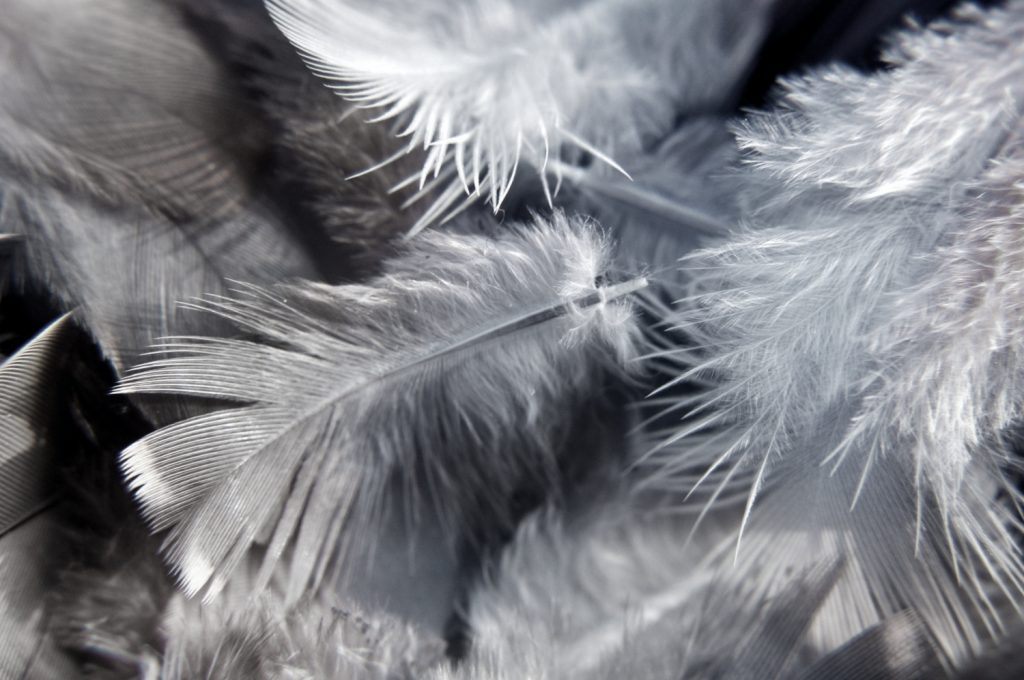
Blood meal
Another byproduct of slaughterhouses, blood meal is made from the dried and powdered blood of cattle and pigs.
Blood meal contains several key nutrients in small amounts. But it’s mostly utilized for its abundant supply of nitrogen.
Blood meal is released at a moderate to rapid rate. It’s ideal for plants that are showing signs of nitrogen deficiency. It’s a great organic fertilizer for plants that are struggling to produce healthy green foliage.
Although blood meal doesn’t add much structure to the soil, it is helpful for enriching the soil.
Another benefit of blood meal is that it’s easy to work with. Simply mix it into potting soil before planting, or sprinkle it around the base of growing plants.
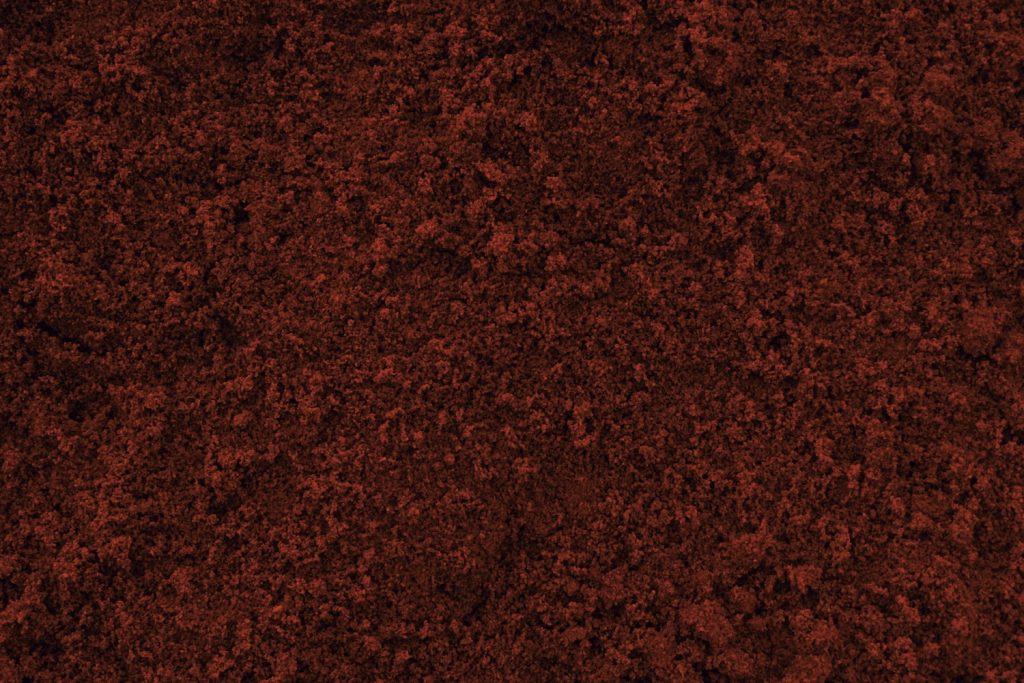
Bat guano
If you’ve seen some bats circling around your backyard at dusk, consider installing a few boxes to entice them to stick around.
Not only do bats pollinate the plants in your garden, but their feces can help nourish your fruits and veggies, too.
The prospect of collecting bat poop may seem less than exciting. But bat guano is a rich source of nitrogen, containing 8-10% by volume.
It’s also a good source of phosphorus and potassium, as well as trace minerals, like zinc and magnesium.
Bat guano releases nutrients at a slow to moderate rate. This biodegradable fertilizer promotes root development and plant vigor by creating a bacteria-friendly substrate for your plants.
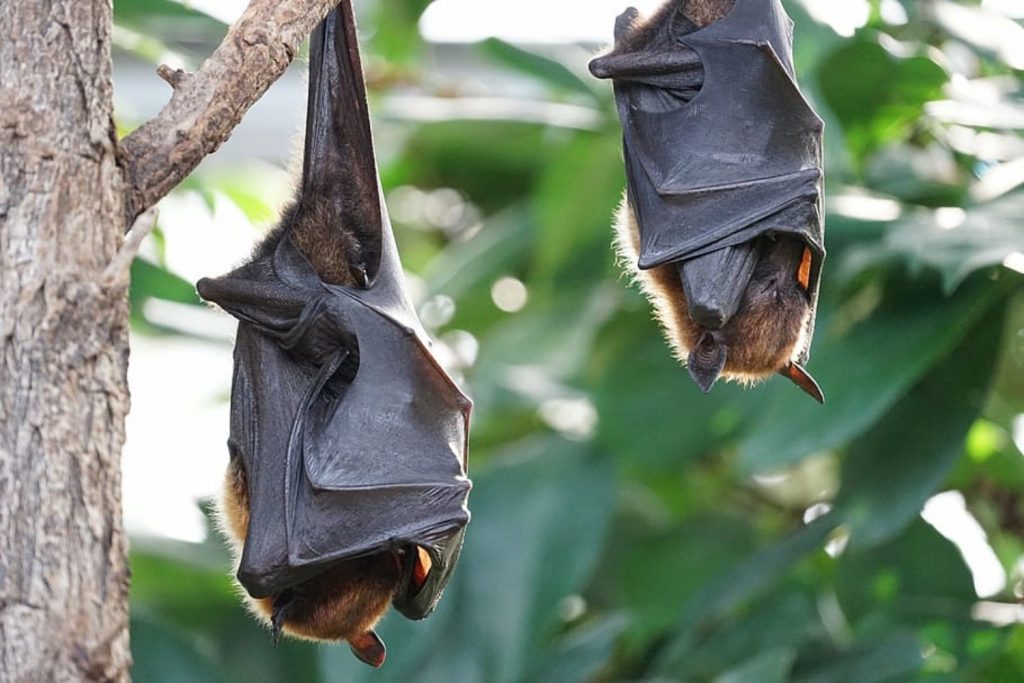
Cottonseed meal
After cotton has been processed and the fibrous material collected to manufacture textiles, the leftover seeds can be processed and turned into a nutritious fertilizer for plants.
Cottonseed meal is a decent NPK fertilizer with a ratio of around 6-2-1.
This fine meal provides plants with healthy doses of all of the nutrients they need to thrive, with an emphasis on nitrogen to stimulate foliage production.
If your soil is somewhat alkaline cottonseed meal can help neutralize it.
This organic high-nitrogen fertilizer is acidic in nature, which makes it a great choice for acid-loving plants like rhododendrons, azaleas, and hydrangeas.
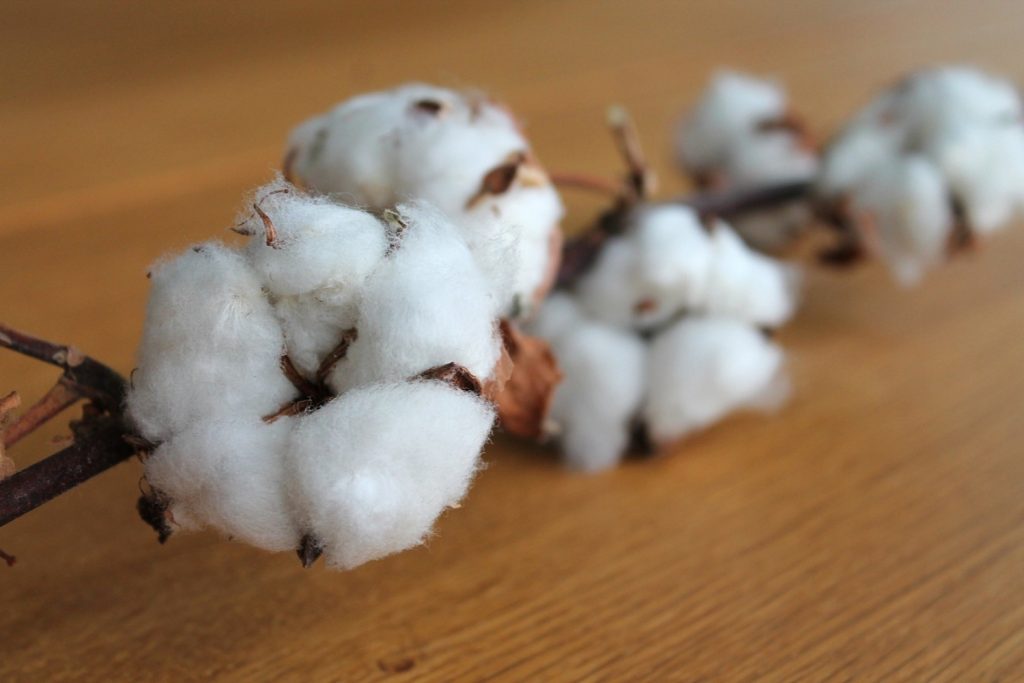
Soybean meal
If your plants are struggling to produce enough food for themselves, give them an extra dose of nitrogen in the form of soybean meal.
A byproduct of soybean processing, soybean meal is another fertilizer that releases at a slow to moderate rate, which reduces the risk of nitrogen leaching.
In addition to nitrogen, soybean meal is a great source of a variety of micronutrients, like magnesium and calcium.
You can use soybean meal to alter the pH of your soil, too. If your soil is too alkaline for your plant’s liking, soybean meal can bring it down a few notches.
Most plants thrive at a soil pH of 6.0 to 7.0. Because soybean meal can help neutralize the soil, this in and of itself helps make more nutrients available to your plants.
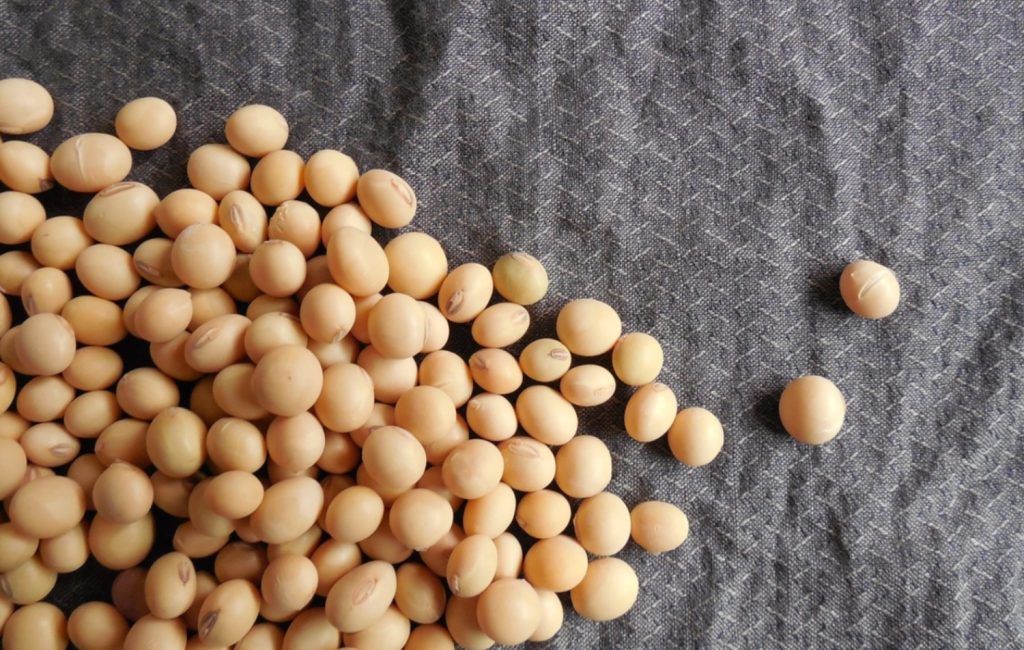
Fish emulsion
Fish scraps and even aquarium water are both incredibly beneficial to the plants in your garden, even if they are a little smelly.
But if you don’t have any pet fish, and if you don’t eat fish on a regular basis, then choose a fish emulsion fertilizer to feed the plants in your garden.
Fish emulsion is a rich source of nitrogen. It also contains a decent amount of phosphorus and potassium, as well as trace minerals like sulfur.
While there are many benefits to a slow-release organic fertilizer, sometimes you need something that’s fast-acting. That’s where fish emulsion comes in.
This is a liquid fertilizer that goes to work the second it hits the soil. If your plants are clearly struggling with nitrogen deficiency, fish emulsion can help them back on track immediately.
This environmentally-friendly, sustainable fertilizer is perfect for feeding potted plants. It also works well for spot-feeding the flowers in your landscaping.
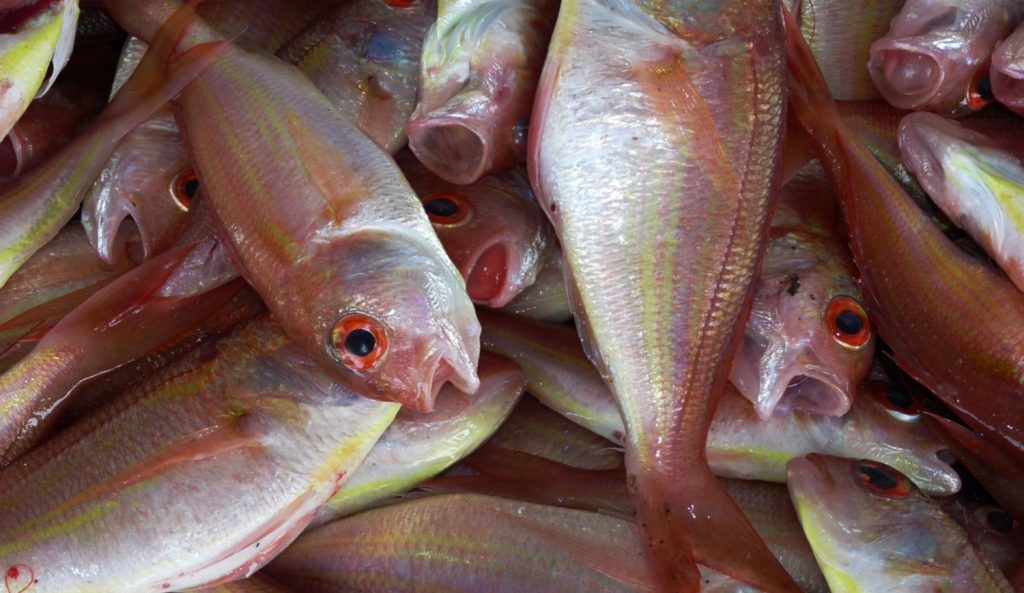
Neem seed oil
If you’re a gardener, neem seed oil is worth its weight in gold.
Not only is neem seed oil a rich source of nitrogen, but it also has antibacterial and antifungal properties that can help prevent your plants from succumbing to disease.
And as if that weren’t enough, neem seed oil also wards of garden pests, like aphids, spider mites, and thrips.
Used in homemade insecticides, neem oil kills and repels soft-bodied insects without posing a threat to beneficial pollinators.
Neem seed oil works to protect and support your plants in a variety of ways. Its versatility makes it an invaluable tool in your arsenal.
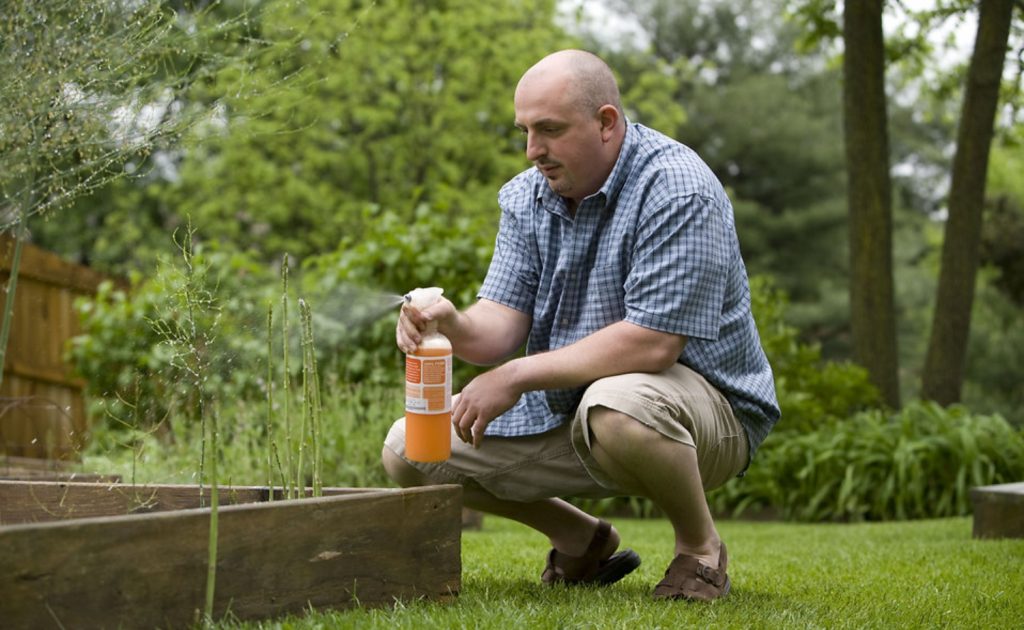
Crab meal
Crushed crab shells can be worked into the soil or used as a mulch to provide your plants with a long-lasting source of nitrogen.
Crab meal contains chitin and chitosan, two natural compounds found in crab shells that give them structure. These two components can keep your plants strong as well.
In addition to nitrogen, crab meal contains trace minerals, like magnesium, zinc, and iron.
When mixed into the soil, crab meal helps provide stability, improving aeration and drainage while also enhancing the substrate’s water-retention capacity.
Overall, this organic fertilizer is ideal for plants that need a touch more nitrogen and would benefit from more fertile soil.
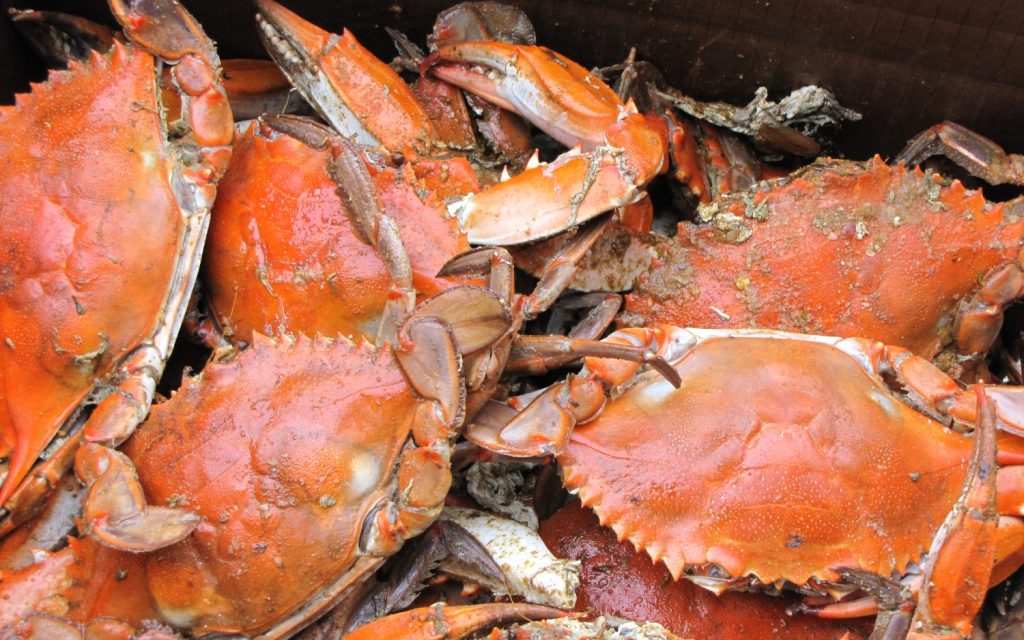
Manure
All types of manure are good sources of nitrogen, but it’s important that you allow the manure to age before applying it.
Fresh manure is loaded with nitrogen. And while that may sound good, it can actually end up burning your plants.
If you’ve ever wondered why dog poop makes yellow patches on your lawn, that’s why.
Aging the manure gives the extra nitrogen a chance to burn off. So by the time you add the manure to the soil, your plants can benefit from the variety of nutrients this inexpensive and sustainable fertilizer has to offer.
Manure is easiest to apply before planting. Simply work it into your beds at the start of the growing season to replenish the soil and give it some structure.
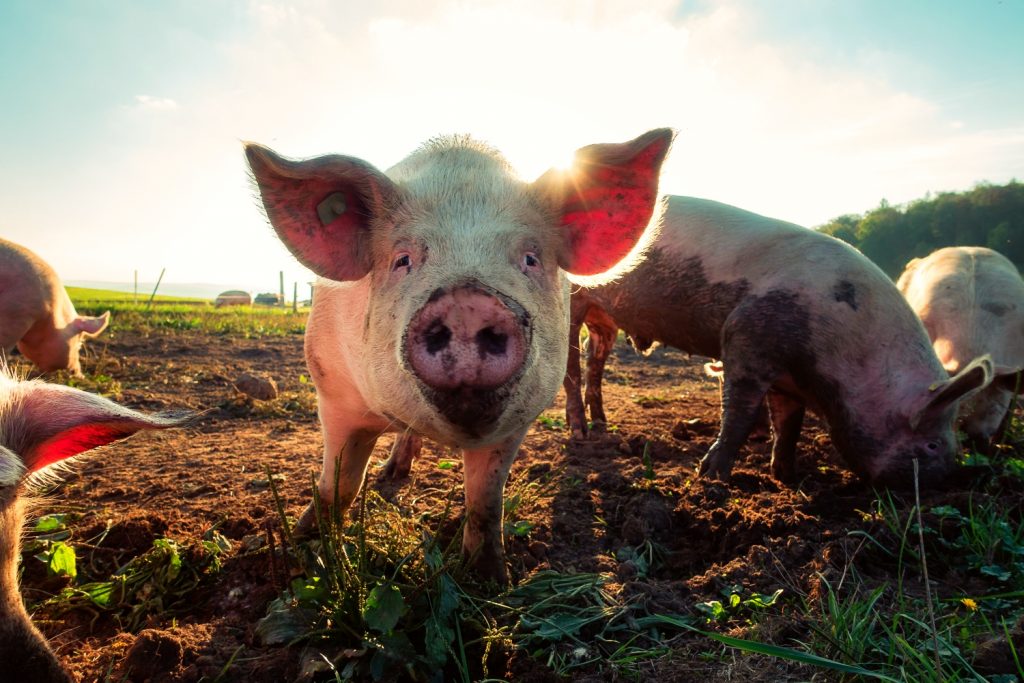
Compost
Like manure, compost is also great for adding structure to the soil. It can also provide your plants with moderate doses of nitrogen.
If your plants are in a nitrogen deficiency crisis, then compost may not be enough to help them recover. You’re better off using something like fish emulsion.
But, if you just want to make sure your nitrogen-loving plants have enough nutrients to grow well, compost can certainly help.
You can make your own compost at home, even if you haven’t got a huge backyard by using a 5-gallon bucket.
You can also purchase bagged compost from most garden supply centers. Just be sure to check the label. Some manufacturers add minerals to alter the NPK ratio.
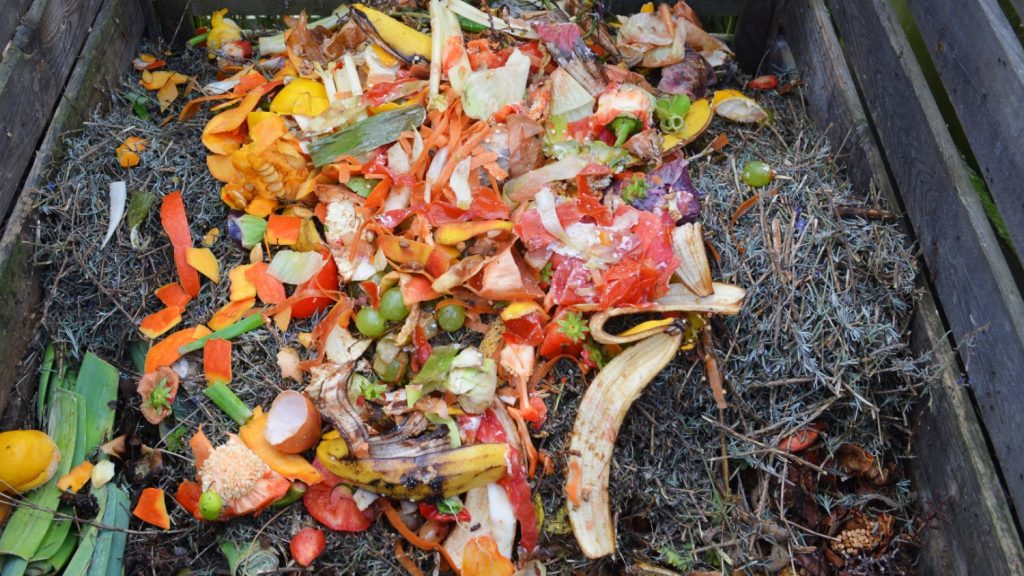
Is it possible to add too much nitrogen to the soil?
Yes, it is possible, and it’s definitely not a good thing.
Too much nitrogen can burn your plant’s roots and foliage. In severe cases, it can even kill the plant.
High doses of nitrogen also lead to relative nutritional deficiencies of phosphorus, potassium, and other elements.
Eutrophication results in a sudden increase in algae and phytoplankton, water plants that use up all of the oxygen in the water, leaving it stagnant and contaminated.
For these reasons, it’s always best to test your soil before applying fertilizers of any kind so you can avoid adding too much of the wrong thing.
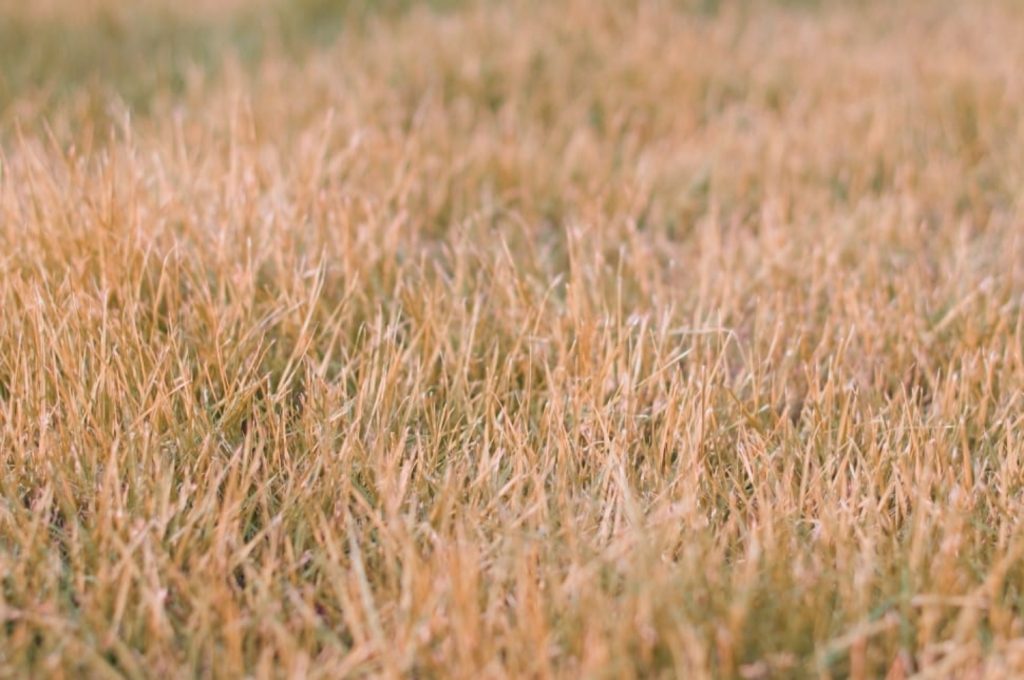
When should you choose a high phosphorus or high potassium fertilizer instead?
Nitrogen stimulates foliage production, and while this can be helpful in many cases, high-nitrogen fertilizers aren’t always the smartest choice for your garden.
High-nitrogen fertilizers are best when applied at the very start of the growing season.
They’re also good for feeding newly transplanted plants to ensure they get all of the nutrients they need to get established quickly.
But your plants may require other types of fertilizers depending on where they are in their growth cycle.
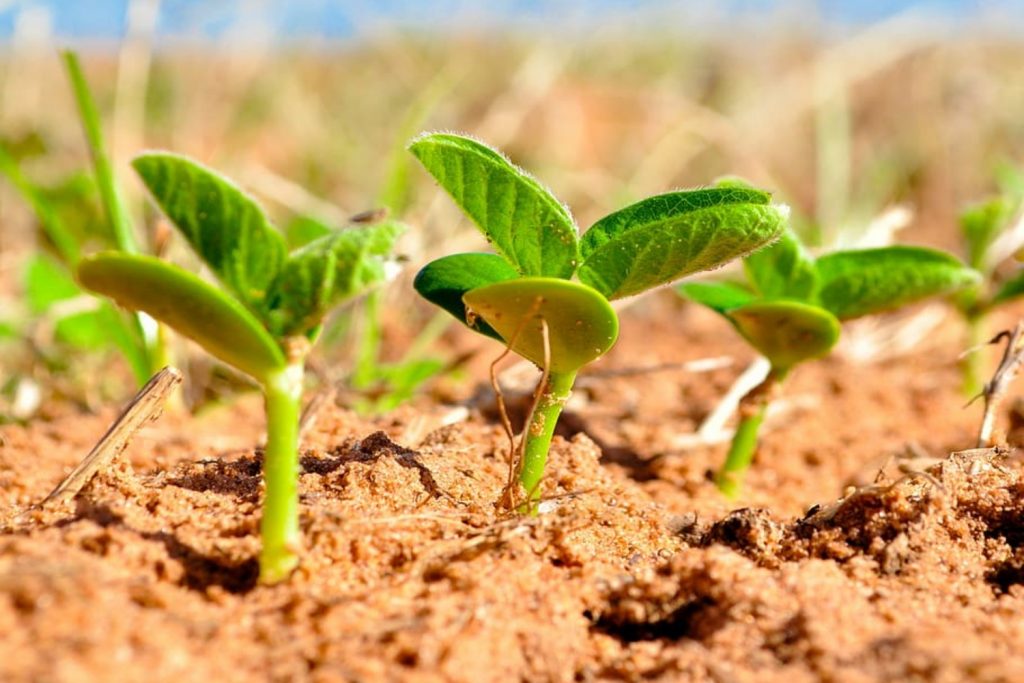
When to use high-phosphorus fertilizers
For flowering and fruiting plants, use high-phosphorus fertilizers.
These fertilizers work best when applied at the start of the growing season to just before plants begin flowering.
Some plants use up so much phosphorus as they bloom that they require regular applications of high-phosphorus fertilizers throughout their fruiting period.
Phosphorus enables plants to reproduce and create healthy seeds that can be used to start new plants later on.
For best results, use a phosphorus-rich organic fertilizer like bone meal.
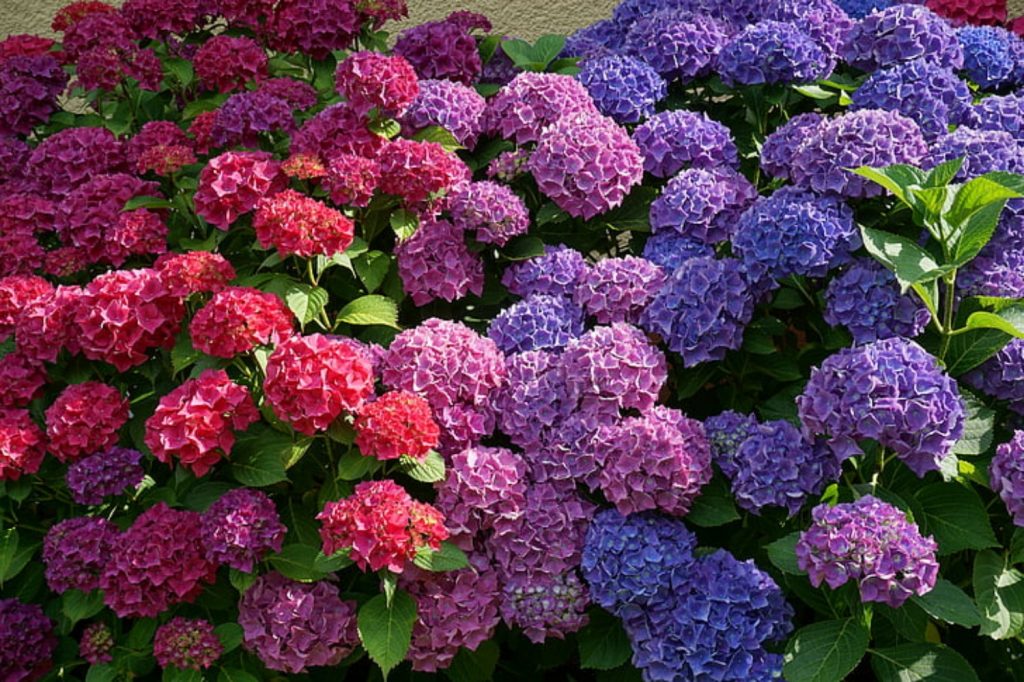
When to use high-potassium fertilizers
For plants that are showing signs of stress, high-potassium fertilizers would be a better choice.
By regulating water intake and output, potassium supports drought tolerance so plants can survive long periods without water.
Potassium also aids plants by making them more resilient to extreme temperatures and temperature fluctuations.
If your plants and/or lawn are wilting and turning brown, even when you water them regularly and have taken measures to keep them cool, they may be in need of some potassium.
Use wood ash or banana peels to help your plants get all of the potassium they need to stay resilient to environmental stressors.
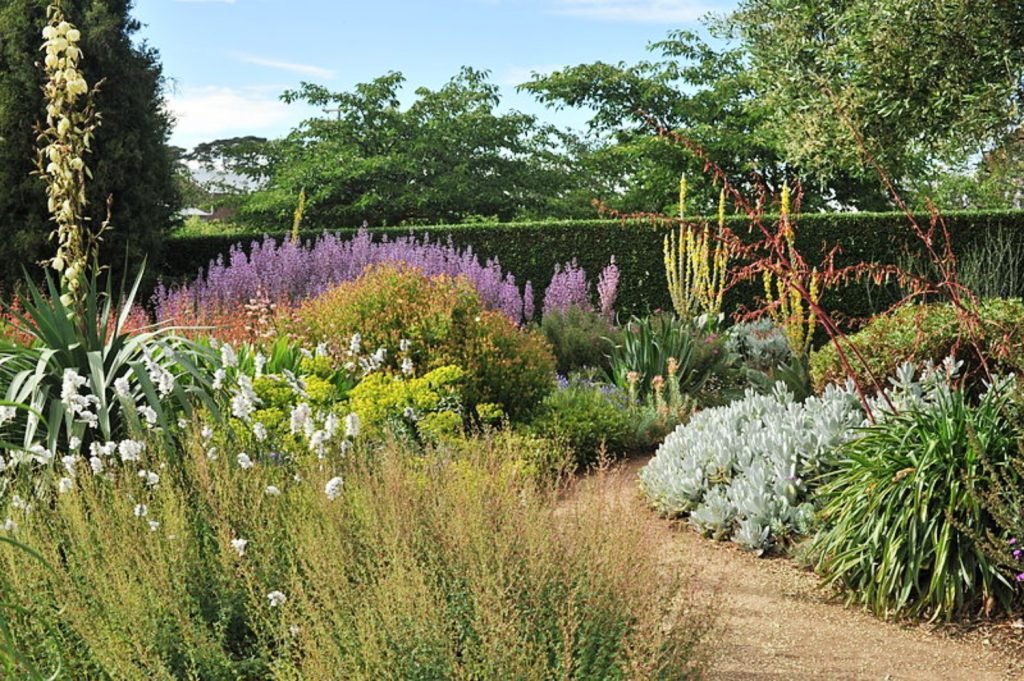
Tips for using high-nitrogen fertilizers properly
Fertilizers can stick to damp foliage, causing the leaves to burn. So no matter which fertilizer you choose, high-nitrogen or otherwise, always apply fertilizer when plants are completely dry.
Once the fertilizer has been applied, water the plants deeply so they can make use of the nutrients.
Read up on your plant’s nutrient requirements to get an idea of which nutrients it will need and when.
And (we can’t stress this enough!) always use a soil test before applying a fertilizer to ensure you use the correct one.
By using high-nitrogen fertilizers judiciously, you can meet the nutritional needs of all of the plants in your garden and keep them growing great.
